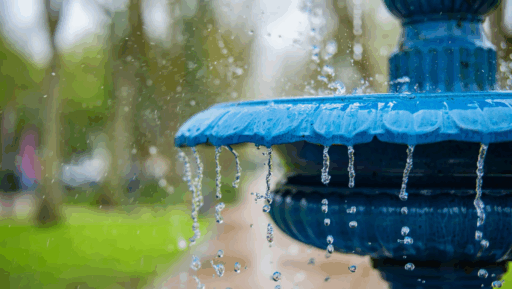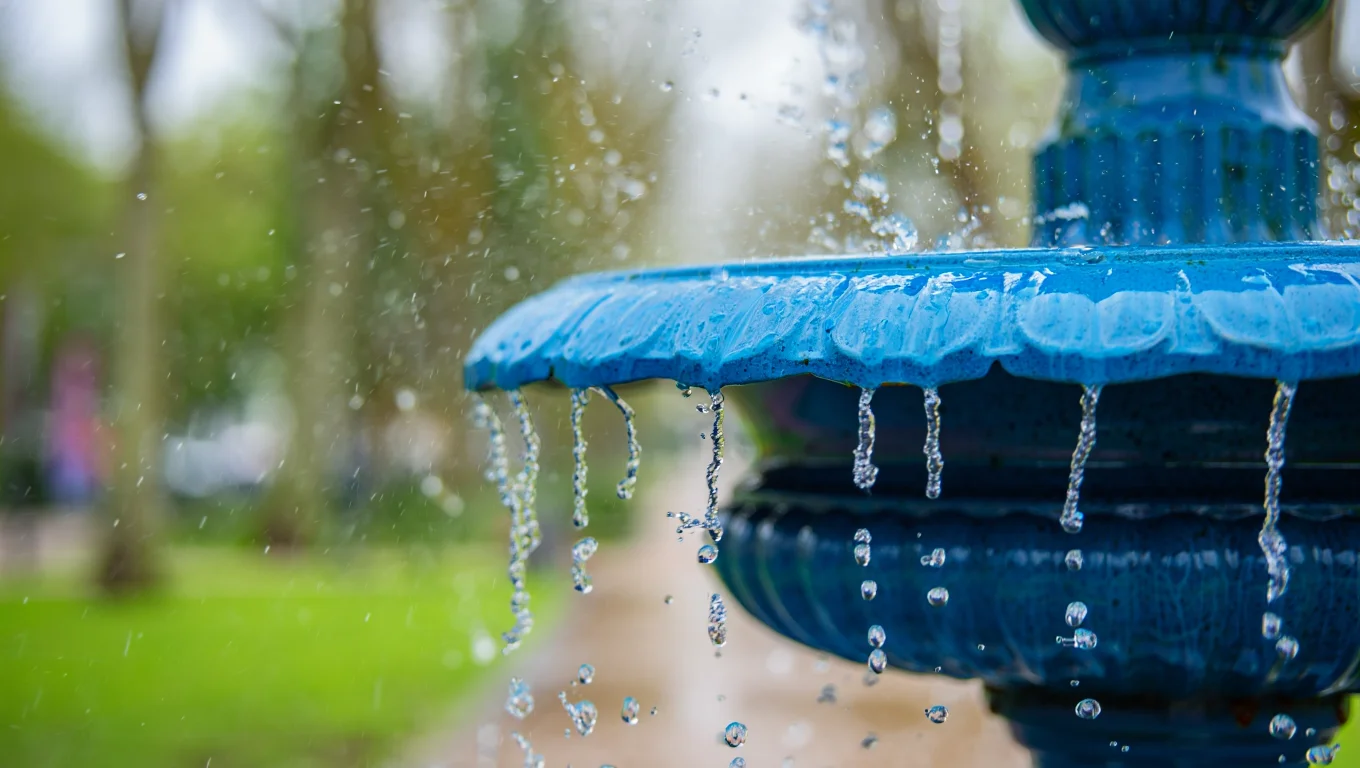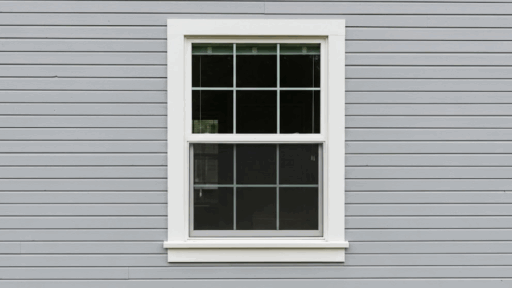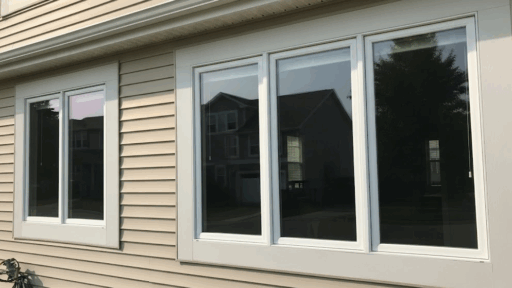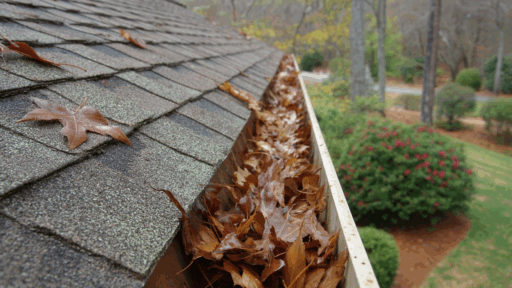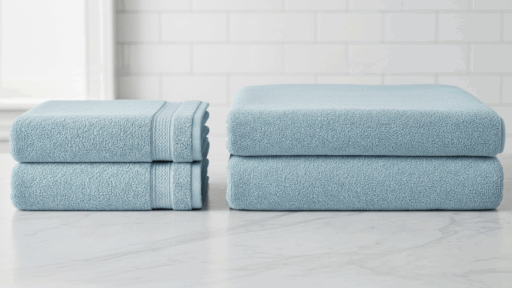Imagine you’ve just finished your masterpiece. Maybe it’s a garden gnome or your fence that desperately needed some attention. Then, it starts raining.
Comes the panic! Is acrylic paint waterproof? Will your beautiful creation turn into a colorful puddle of regret?
We’ve all been there, standing in our driveways with paint-covered hands, staring at the sky like it personally betrayed us. So let’s settle this once and for all, shall we?
It’s time to get to the bottom of acrylic paint’s relationship with water, because, honestly, it’s complicated.
Is Acrylic Paint Waterproof?
The short answer is that Acrylic paint isn’t naturally waterproof, but it becomes water-resistant once it’s dry.
Think of it like a raincoat that works great until you sit in a puddle for too long. Fresh acrylic paint will wash away easily with water, but once it dries completely, it forms a plastic-like layer that can handle light moisture.
The chemistry behind this is pretty simple. Acrylic paint contains tiny plastic particles suspended in a water-based medium.
When the water evaporates, these particles combine to form a flexible film. This film repels water to some degree but isn’t completely impermeable.
Will Acrylic Paint Wash Off in the Rain?
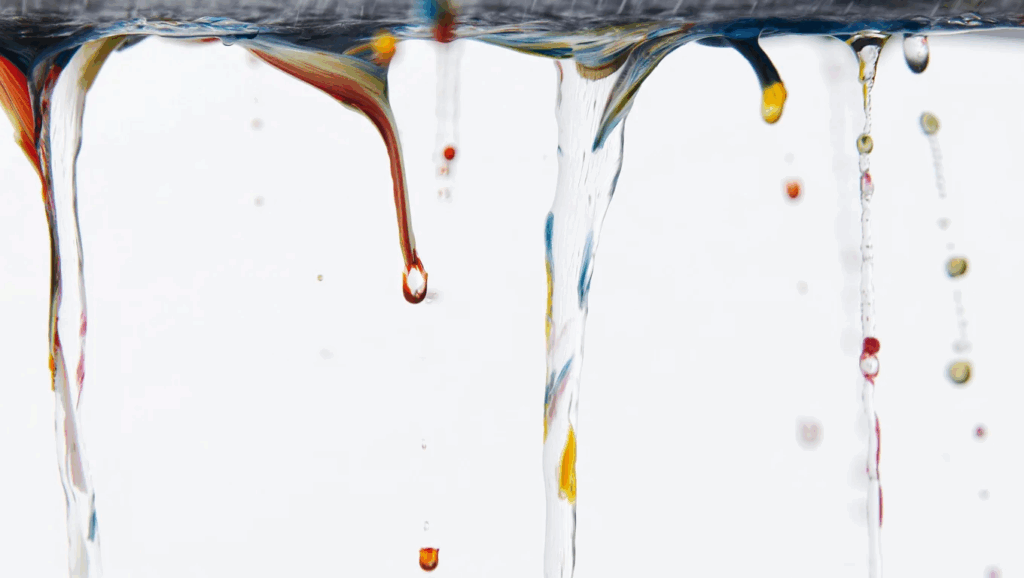
The million-dollar question that keeps DIY enthusiasts up at night! But wait, rain isn’t the only weather villain in this story.
Let me break down how acrylic paint handles nature’s entire mood swing repertoire for you.
Rain: The Ultimate Enemy of Acrylic Paint
Fresh acrylic paint and rain go together like oil and water, which is to say, they don’t. Even drizzle can turn your masterpiece into abstract art you never intended to create.
Cured paint handles light rain better, but heavy downpours? That’s still a gamble.
Sun: The Slow Destroyer of Color
UV rays are like that friend who seems harmless but slowly drains your energy. They fade colors gradually, causing the paint to become brittle over time. Think of it as a very slow-motion paint apocalypse.
Snow: The Killer from Within
Snow itself isn’t too scary, but the freeze-thaw cycles? Those are brutal.
Water seeps into tiny cracks, freezes, and expands, essentially playing a demolition derby with your paint job.
Temperature Swings: The Invisible Fiend
Hot days and cold nights cause acrylic paint to expand and contract, much like it’s doing yoga. Eventually, this leads to cracking and peeling; the paint equivalent of giving up.
Choosing the Right Paint: Knowing All About Composition and Mastering Drying Time
Not all acrylic paints are created equal; some are the superheroes of the paint world, while others are more like enthusiastic interns trying their best.
Not all acrylic paints are created equal. Understanding composition and timing makes all the difference.
Paint Composition Basics
Quality acrylic paints contain more pigment and better binders. Cheap paints have more fillers and less staying power outdoors. Artist-grade acrylics last longer than craft paints, but exterior house paints are specially formulated for weather resistance.
Mastering Drying Time
Acrylic paint feels dry to the touch in 30 minutes but needs 24-48 hours to cure completely. Temperature and humidity affect this timing.
Cool, humid days slow down the drying process, while hot, dry conditions accelerate it. Rushing the process results in weak paint films that fail prematurely.
My recommendations for acrylic paints:
| Paint Type | Price | Weather Resistance | Best For |
|---|---|---|---|
| Artist Acrylics | $8-25/tube | Good | Small decorative projects, garden art |
| Exterior House Paint | $30-60/gallon | Excellent | Large surfaces, fences, and siding |
| Acrylic Latex Paint | $25-45/gallon | Very Good | Furniture, medium outdoor projects |
| Spray Acrylics | $4-12/can | Good | Small items, touch-ups, curves |
Using Acrylic Paint Outdoors
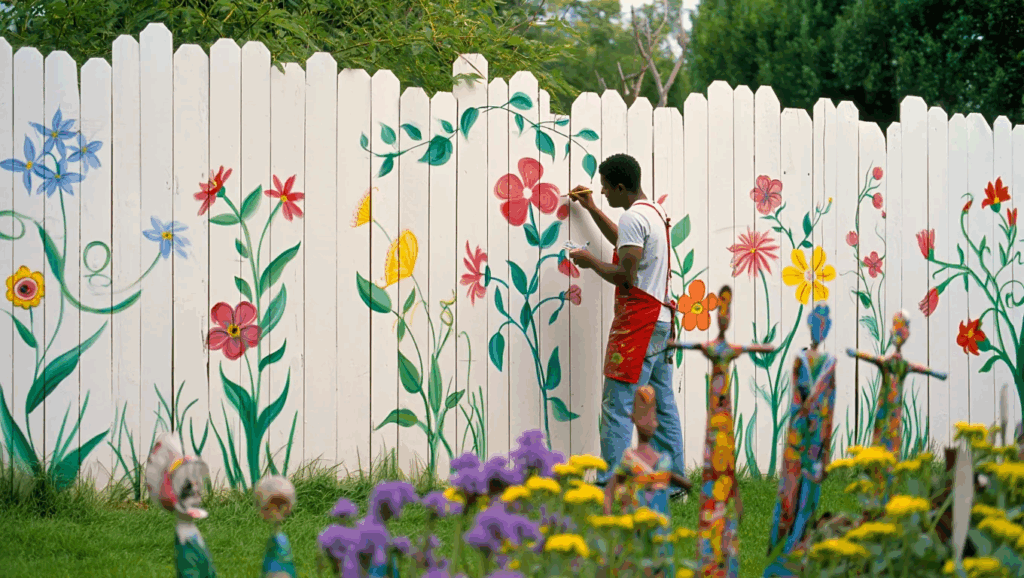
Acrylic paint works well for many outdoor projects when used correctly. Success depends on selecting suitable applications and preparing surfaces correctly.
- Garden Planters and Pots: Terra cotta and ceramic pots take acrylic paint beautifully. The porous surface provides paint with a surface to grip.
- Outdoor Furniture: Metal and plastic furniture work well with acrylics after proper preparation. Wood furniture needs primer for best adhesion.
- Fence Sections and Garden Art: Vertical surfaces shed water more effectively than horizontal ones, making them ideal for acrylic paint. Garden sculptures and decorative elements also work well since they’re mainly visual rather than functional.
- Stepping Stones and Decorative Rocks: Smooth river rocks and concrete pavers provide excellent canvases for decorative elements. The paint adheres well to clean stone surfaces. However, these horizontal surfaces need sealing for longevity.
- Outdoor Murals: Protected walls (under overhangs or facing away from weather) can handle acrylic murals for several years. Avoid walls that get direct rain or intense afternoon sun.
Waterproof Alternatives
Sometimes acrylic paint isn’t the right tool for the job. Here are some heavy-hitters that laugh in the face of bad weather:
| Paint Type | Durability | Best For | Weather Resistance |
|---|---|---|---|
| Epoxy Paint | Excellent | Concrete, Metal | Outstanding |
| Marine Paint | Superior | Boats, Outdoor Furniture | Bulletproof |
| Elastomeric Paint | Very Good | Stucco, Masonry | Excellent |
| Oil-Based Paint | Good | Wood, Metal | Good |
| Specialty Outdoor Acrylic | Very Good | General Outdoor Use | Very Good |
The Bottom Line
So, is acrylic paint waterproof? Well, it’s complicated, much like that relationship status everyone avoids on social media.
Fresh acrylic paint and water don’t mix, but with proper curing, high-quality materials, and some protective sealing, acrylic can withstand the elements.
The key is to select the most suitable approach for the job. Sometimes that means investing in premium paints, and sometimes it means sealing everything within an inch of its life,
The bottom line is that with a bit of planning and patience, acrylic paint can handle outdoor life. Just don’t expect miracles, and always have a backup plan when Mother Nature decides to throw a tantrum.

